|
The kitchen is the heart of the home and one of the hardest rooms in the house to keep clean. You’ve got crumbs, smoke, grease, dirt, dust, stains, spills and splatters to deal with. But there are practical ways to design our kitchens that will make maintaining and cleaning them easier. I have a list of 20 tips. And many of these tips can also work for bathrooms. Let’s get right into it… 1. Keep lighting fixtures away from the stove
Grease and grime are produced by cooking, and anything hanging near the stove will collect that grease and grime on its surface. For lighting near the stove, stick with recessed can lights, or lights integrated into your exhaust hood. If you love lighting fixtures like I do, you can add pendants, sconces and small chandeliers several feet away from your stove, in areas like above the kitchen island, in the breakfast nook or above a sink.
2. Take cabinets all the way to the ceiling. To avoid having to wipe down the surfaces above your upper cabinets where lots of dust and grime can accumulate, take cabinetry all the way to the ceiling. Or, if you have enough lower cabinet and pantry storage, design your kitchen with no upper cabinets at all. You do lose some storage, but it gives your kitchen an open, airy feeling and wiping down a flat wall is often a lot easier than wiping down cabinets. 3. Choose an undermount sink. An undermount sink lets you just wipe crumbs and spills directly into the sink without getting the messes caught on the edge trim that you’d have with a drop-in sink. 4. Put the trash bin near your sink. A trash bin within a cabinet close to the sink and dishwasher will let you conveniently scrape plates before doing the dishes. If you have the space, put the trash bin next to the sink, but not directly under the sink. That way one person can be scraping and stacking dishes while a second person can stand at the sink rinsing dishes. The ideal set up for most people would be dishwasher, then sink, then trash bin. Speaking of trash bins… 5. Add additional trash bins wherever you might need them. Who says a kitchen should only have one trash can? Add a second trash bin near the fridge, dining room, pantry or anywhere else you might need to dispose of trash or food scraps. If you have room, a second integrated trash bin, or even a small trash can added inside a buffet or cabinet, can save you several steps and make clean up easier and faster. 6. Choose a backsplash with minimal or no grout. Backsplashes without grout are easier to wipe down. Quartz, granite, marble, porcelain and quartzite slabs are flat, smooth surfaces that can be quickly wiped down with a rag or sponge. Just be careful of using marble on a backsplash since it’s particularly porous and can be stained with things like splattered tomato sauce and wine. Solid surfaces like back-painted glass, mirror, sheets of stainless steel and even washable paint provide practical, easy-to-clean wall surfaces. Now granted, tile is probably the most popular choice for a kitchen backsplash, so if you have your heart set on a tile backsplash, consider large format tiles which will have fewer grout lines. And request thinner grout lines filled with more expensive, but stain-resistant epoxy grout that never has to be sealed. To learn more about epoxy grout, take a listen to episode 61 called "Never Scrub your grout again!" 7. Buy easy-clean appliances. Look for fingerprint-resistant stainless steel appliances. Or choose non-stainless steel appliances with easy-wipe surfaces with no significant texture. Check out the knobs on stoves and ovens and make sure they’re not made with hard-to-clean crevices. And ensure there’s enough space between knobs to be able to get a rag, wipe or sponge between them. You’ll also want to choose self-cleaning appliances whenever possible. Select coffee makers with an automatic cleaning function. Look for ovens with a pyrolytic cleaning setting. Pyrolytic cleaning is a fancy phrase meaning the oven heats up to very high temperatures to burn off any residue. Some steam ovens have automatic steam cleaning and drying programs. I’ve read that ovens with pyrolytic cleaning functions clean themselves better than ovens that have a self-cleaning setting that uses steam. 8. If you can live without a gas cooktop, choose an induction option. An induction cooktop surface is flat and smooth, without the hard-to-clean grates and recessed surfaces that you find with a gas cooktop. Cleaning an induction cooktop is as easy as wiping off a smooth countertop. But if you are a cook who loves to use gas, the ease of cleaning the induction surface may not be worth being without your beloved gas stove. Easy cleaning or gas cooking: you decide what’s most important. 9. Choose cabinetry with minimal details. Cabinets with crown molding, corbels, and decorative legs can look great in a more traditional kitchen, but you will definitely have more surfaces to clean. Shaker cabinets are what most homeowners are choosing these days, and they are much easier to clean than the ornate, curly que’d cabinetry of the late 90s and early 2000’s. But even shaker cabinets have ridges that catch and hold crumbs and dust. Slab, flat-front cabinets have no grooves or ridges that need extra cleaning attention. I recently talked to a kitchen designer and she said she thinks the most low maintenance cabinets are flat front cabinets without pulls or knobs. That way you can simply wipe the cabinet fronts down without having to maneuver around grooves and hardware. I always thought that large cabinet pulls kept cabinetry cleaner, and I’ve even said that in past episodes. And technically, that’s true. Anything that’s on your hands, like flour or oil, will get on the cabinet hardware and not on the cabinet fronts if you use a large pull to open cabinetry. But, what I realized from talking to that kitchen designer is that you would still have to clean the dirty cabinet hardware. And wiping down a flat cabinet front is much easier than wiping down and around a large cabinet pull. I was concerned about the cabinet finish being able to withstand regular cleaning but the designer said most quality cabinet finishes, especially factory finishes, should be able to withstand regular wipe downs. If you’re planning on purchasing lesser quality cabinets for budgetary reasons, the cabinet finishes might be less resilient. That designer suggested push-to-open hinges so you can use clean forearms, elbows and hips to help open drawers and cabinets when hands are dirty. Or simply wiping hands before opening cabinets. Flat cabinets won’t go with every style of kitchen, especially more traditional kitchens. But if you like flat cabinets and they will work for your kitchen, consider this easy-to- clean option. 10. Select maintenance free countertops. Today, there are more choices of nonporous, stain-resistant countertops than ever. They can easily be wiped down and never have to be sealed. Quartz is probably the most popular choice, but you might also choose, a porcelain slab or stainless steel countertop. Corian is a solid surface material that’s still on the market (I actually have it in my current kitchen) . But I would think twice about putting that easy-to-clean countertop it in a new kitchen because that material is not as highly valued today as it has been in the past. Quartz or stainless steel are probably the way to go. 11. Use durable paint. Kitchen walls need to be washed more often than other walls in the house. Choosing a paint that are made to be wiped down will make cleaning walls easier. In episode 194 called "Kid Friendly Design," we talked about washable and scrubbable paints. Do you remember the difference between washable and scrubbable paint? Well, washable paints are made to release common household stains with little physical scrubbing. They require only a little water, or at most a light detergent on a cloth for stain removal. If too much scrubbing is done on a “washable" paint, you might scrub through the finish, leaving the surface blotchy and making the finish, or sheen, inconsistent. The surface must then be restored with paint touch-ups or a complete repainting. Scrubbable paints can withstand much more abuse and scrubbing pressure, but it takes more effort to remove stains from scrubbable paint. If you are a messy cook who consistently needs to remove stains and splatters from your kitchen walls, you should probably choose a scrubbable product so the sheen and finish aren’t compromised over time. Choose a washable product if you only occasionally stain kitchen walls. The washable paint will release the stain the easiest. Oil based paint is also a durable product that can stand up to regular wipe downs, but oil based paints are not near as popular as they used to be because they take longer to dry, they can crack and yellow over time, and have very strong fumes as compared to latex paints. 12. Avoid or minimize open shelves. Perfectly styled, open shelves look beautiful and they’re very popular, but they can be high-maintenance because they are open places where dust, oil and grime can settle. And to look pretty, they do need to be styled and maintained. Not only will dust and dirt settle on the shelves themselves, but also on any dishes, glasses or anything else you place on open shelves. So not only will you have to move objects to dust the shelves, but you’ll have to dust the objects themselves. If you just love open shelves, but want to spend less time cleaning them, use mostly cabinets and limit the number of open shelves in your kitchen. And put shelves several feet away from the cooktop so less grease and grime will settle there. 13. Have a strong exhaust hood installed. Invest in a range exhaust hood that is powerful enough to remove dust , dirt, smoke and grime. A good vent hood will take most grease, dust and grime to the outdoors, away from your kitchen so dirt and grime are less likely to settle on indoor surfaces. Avoid ductless, or down draft vents, and those over-the-range microwave filters that pull air in but simply recirculate that stale air back into the kitchen. Those exhaust solutions won’t work as well as exhaust hoods that take stale, greasy air and odors completely out of the kitchen. For gas cooktops/ranges, look to the cooktop manufacturer's guidelines for the recommended amount of ventilation you need. But a general rule of thumb for gas cooking is that your exhaust should have 1 CFM for every 100 BTUs. CFM stands for cubic feet per minute and describes the amount of air movement. And BTU stands for British Thermal Unit and is a measure of heat energy. Although the rule of thumb is getting a vent hood with 1 CFM for every 100 BTUs of your gas cooktop, you ultimately want to follow or exceed the recommendations of manufacturer of your cooktop, whether you choose a gas, electric or induction cooktop. 14. Choose flooring that’s not too light and not too dark. Both very light and very dark flooring can show crumbs, dust, footprints, stains, smudges and splatters. Choose a medium colored floor that can better hide dirt until you get a chance to sweep and mop. 15. Opt for flush cabinet ends. When they’re not sitting again a wall or appliance, the end of a run cabinets will be exposed. Those exposed ends of cabinetry can either match the pattern of the cabinet fronts or have a smooth, flush end. Flush ends are flat and sleek so they can be easily wiped down. Even a matching shaker cabinet end will take a bit more effort to clean than a completely flush flat end. 16. Choose easy-to-clean kitchen chairs and kitchen island stools. Chairs and stools made of wood, metal, lucite, resin, leather and vegan leather are easy to wipe down. If you would rather have upholstered chairs or stools, select performance fabrics. Performance fabrics have a factory applied fabric protectant or have been woven with yarns or fibers that are inherently stain-resistant. You can also cover indoor seating with stain- and water-resistant, outdoor fabrics. 17. Opt for stained cabinets if you want to see the fewest stains. Both painted and stained cabinets can show stains, scratches, fingerprints and marks, but these imperfections are a little less visible on stained cabinets than they are on painted cabinets. Choose medium toned stain wood with a more pronounced grain pattern for the greatest amount of camouflage. Stained cabinets are also easier to touch up than painted cabinets are. You can use one of those stain touch up markers that you get from Lowe’s or Home Depot to fill in scratched, stained cabinets. Touch up paint can be used for scratches on painted cabinets, but it usually doesn’t blend in very well and touch ups will be more noticeable on painted cabinets. 18. Choose good quality semi gloss painted cabinets. Some of us have been dreaming of painted cabinets, so go for good quality painted cabinets, especially factory finished painted cabinets, which can withstand regular wiping and washing. Poorer quality paint jobs and low end painted cabinetry from big box stores may not give you the durability needed for regular wipe downs. If you want painted cabinets with minimal maintenance, choose a semi gloss paint that’s not-to-shiny and not-too-matte. A cabinet painted with semi gloss paint will hide fingerprints and scratches better than either glossy or matte painted cabinets will. Matte cabinets typically hide smudges, scratches and stains better than glossy cabinets will, but a big exception is grease. Greasy smudges stand out like sore thumbs on a contrasting matte surface. And as you know, grease and oils are often used in kitchens. Glossy cabinets, because they reflect the light, often show fingerprints and stains. An advantage of high gloss cabinets is that they are really easy to clean, so those more noticeable fingerprints and smudges may not be a huge issue for you since you can get rid of them easily. The easiest to keep clean painted cabinets have semi gloss paint. Semi gloss gives you the best of both worlds, hiding fingerprints, smudges and grease better than their high gloss or matte counterparts. It’s not that you will never see grease and fingerprints with semi gloss cabinets, but you will see them less readily. 19. Steer clear of high polished hardware and faucets. Polished, shiny chrome, nickel and stainless steel faucets, pulls and knobs show fingerprints and water stains/marks much more than matte or brushed finishes will. Consider matte black, oil-rubbed bronze, satin bronze or brass, or brushed nickel or stainless steel if you don’t want to have to consistently wipe away fingerprints and water stains. 20. Choose flooring with minimal grooves and crevices. If you want tile in your kitchen, select large format tile to minimize grout lines. You can also ask that your tile guys install your tile with the least amount of grout recommended by the manufacterer. And don’t forget to request easy-to-clean, stain-resistant epoxy grout. Luxury vinyl plank flooring will also have tiny crevices or no crevices at all. And linoleum with minimal texture is super easy to clean. But most of us want to extend the hardwood flooring we have in our connecting living areas into the kitchen. If you choose easy-to-install prefinished wood flooring in your kitchen, you’ll have to live with beveled edges which form crevices and grooves between planks. These grooves are spaces where crumbs and spilled liquid can get stuck. So needless to say, it’s difficult to clean those crevices. To make cleaning easier, look for prefinished floors with microbevels which form tinier crevices that are less likely to accumulate as many crumbs. You can also choose wider planks which will have fewer crevices. The ultimate easy-to-clean wood floor is a site-finished wood floor where unfinished planks are installed and then stained on site. Unfinished planks (square edge) fit tightly against each other and have no crevices between them. This produces a completely smooth floor that is easy to sweep and mop. A low maintenance, easy-to-clean kitchen is important to most of us, so study this list and decide which suggestions make the most sense for your plans and preferences. You don’t have to incorporate all, or even most of these features, but even adding a few of these design features can make your time in the kitchen more productive, more enjoyable and less stressful. If you enjoyed this episode and know someone who could be helped by some of these suggestions, you can share the show with them by text, email or social media. Well, that’s all I have for you this week. I hope you learned as much as I did. Thanks for stopping by.
0 Comments
Your comment will be posted after it is approved.
Leave a Reply. |
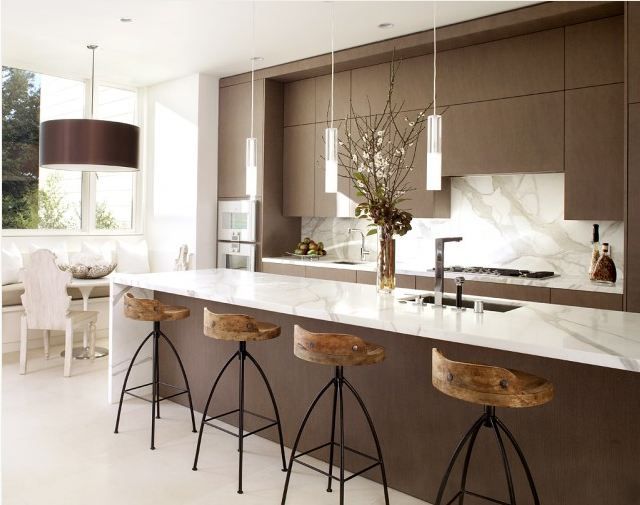
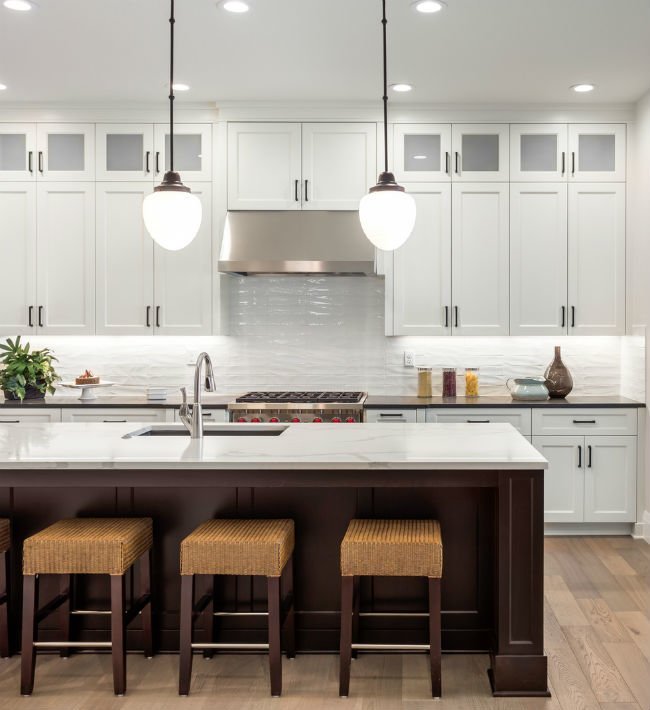
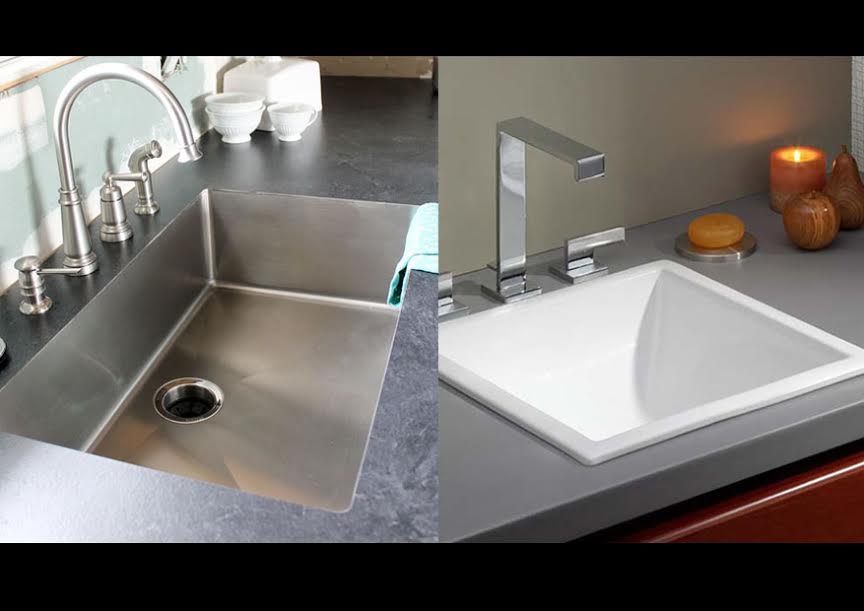
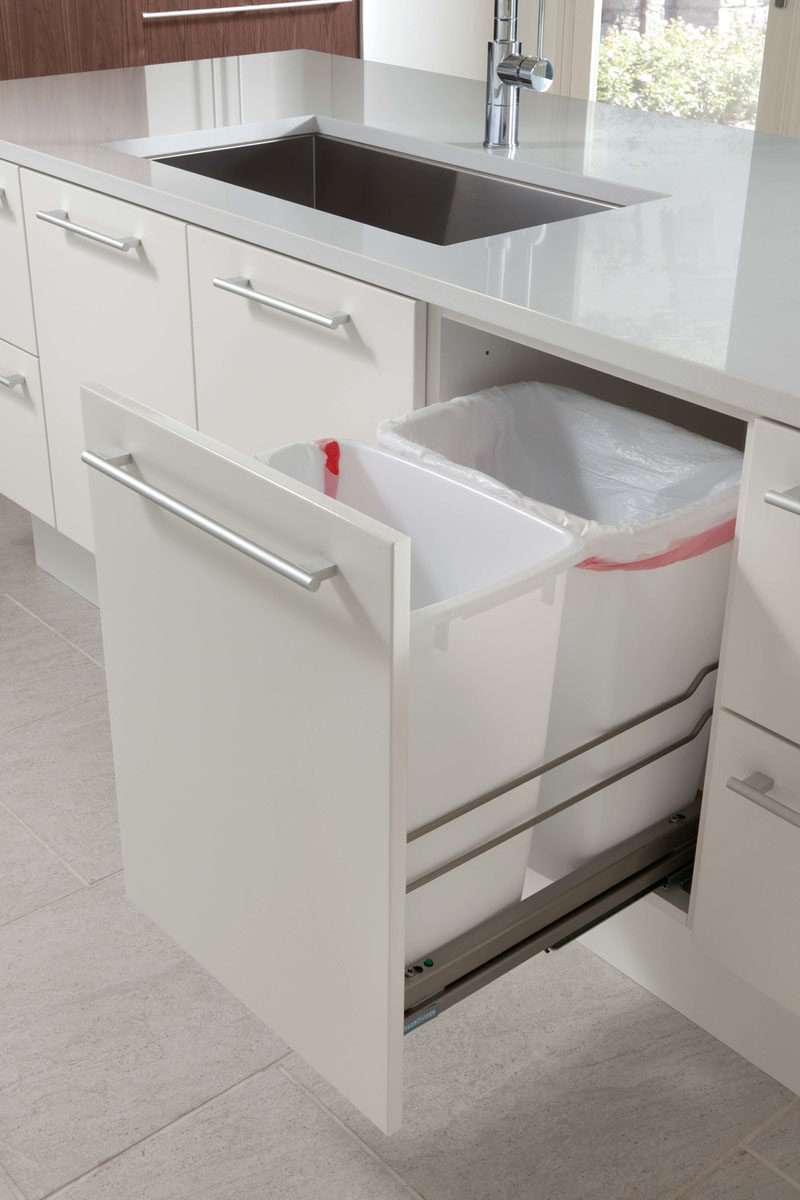
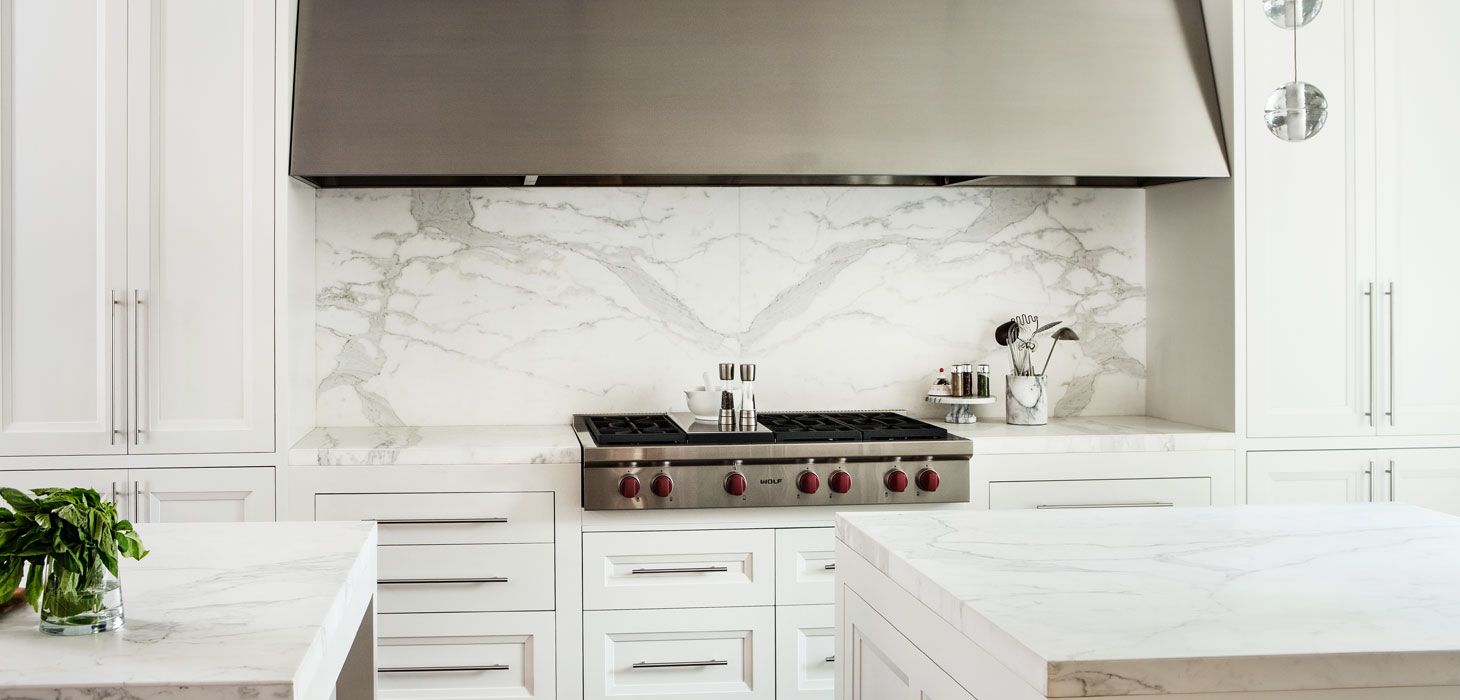
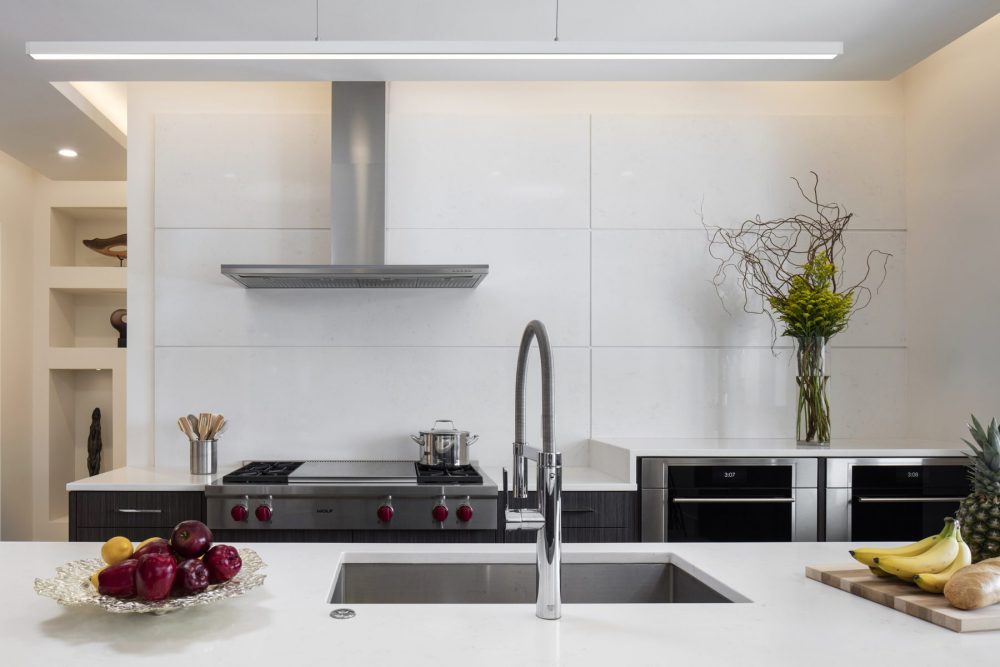
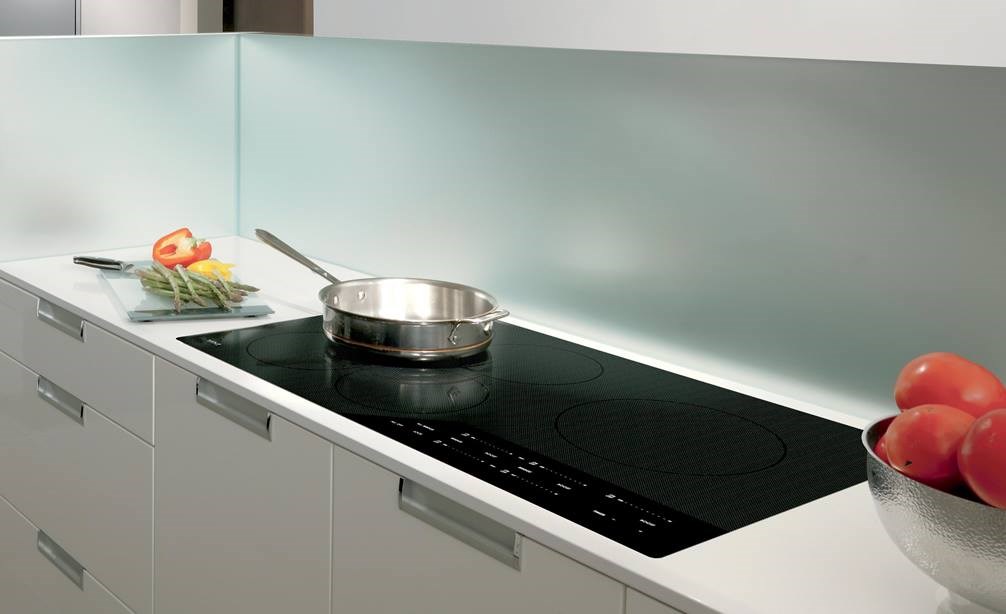
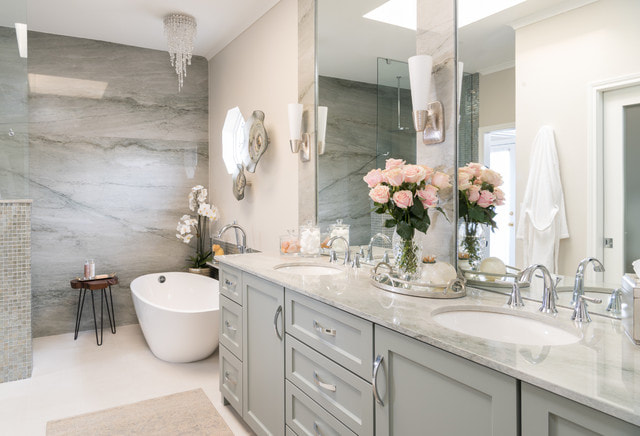
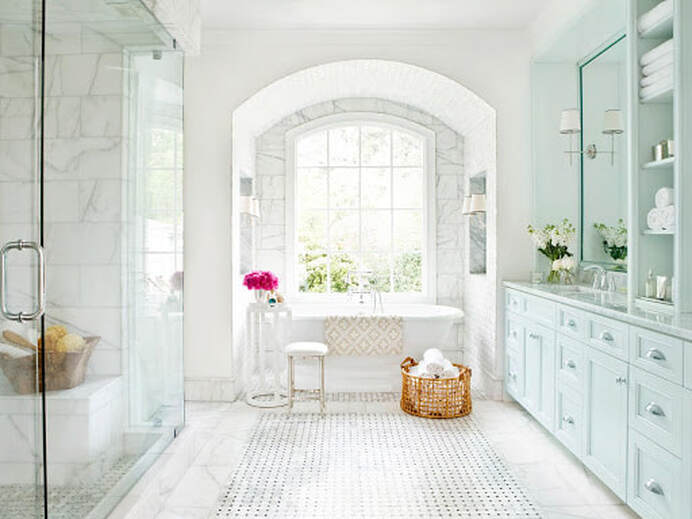
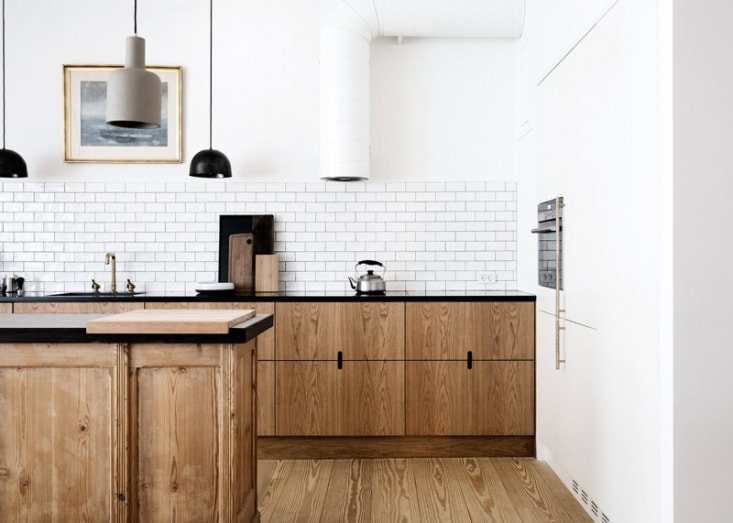
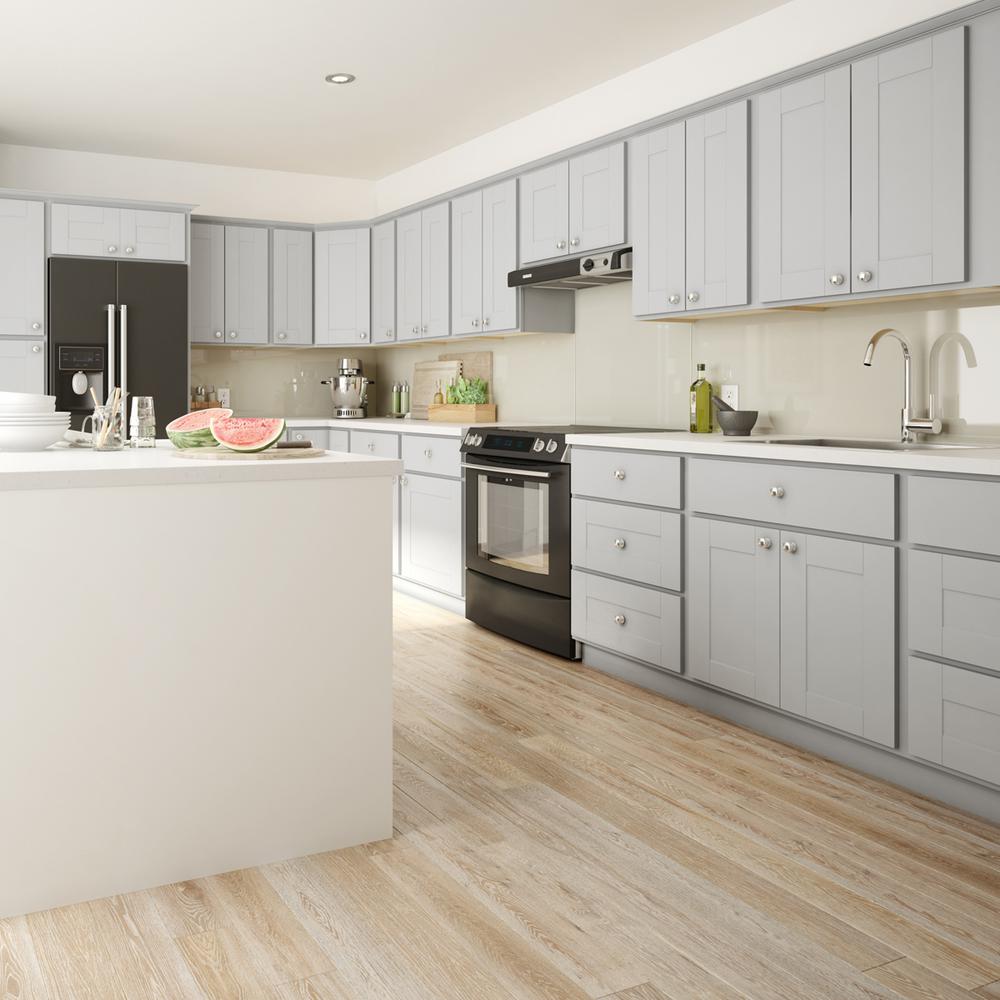
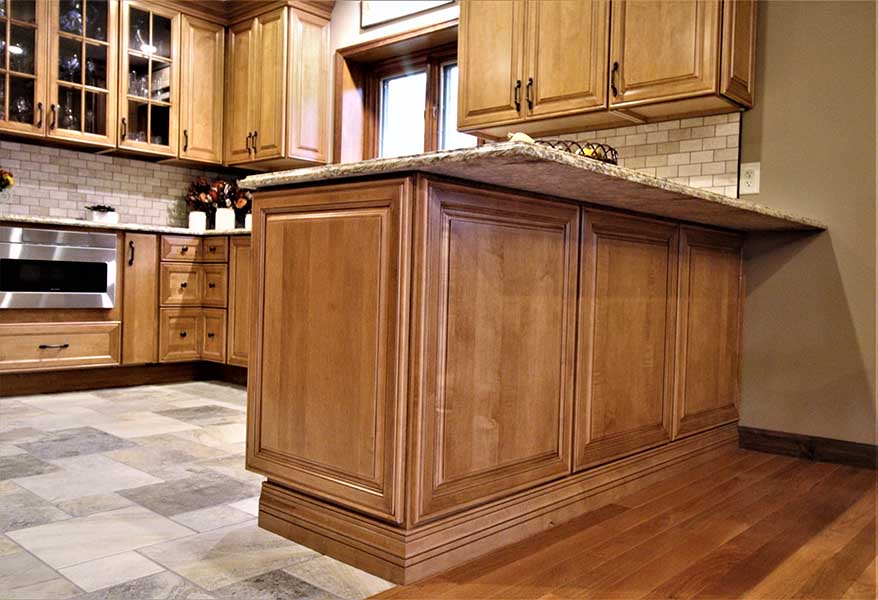
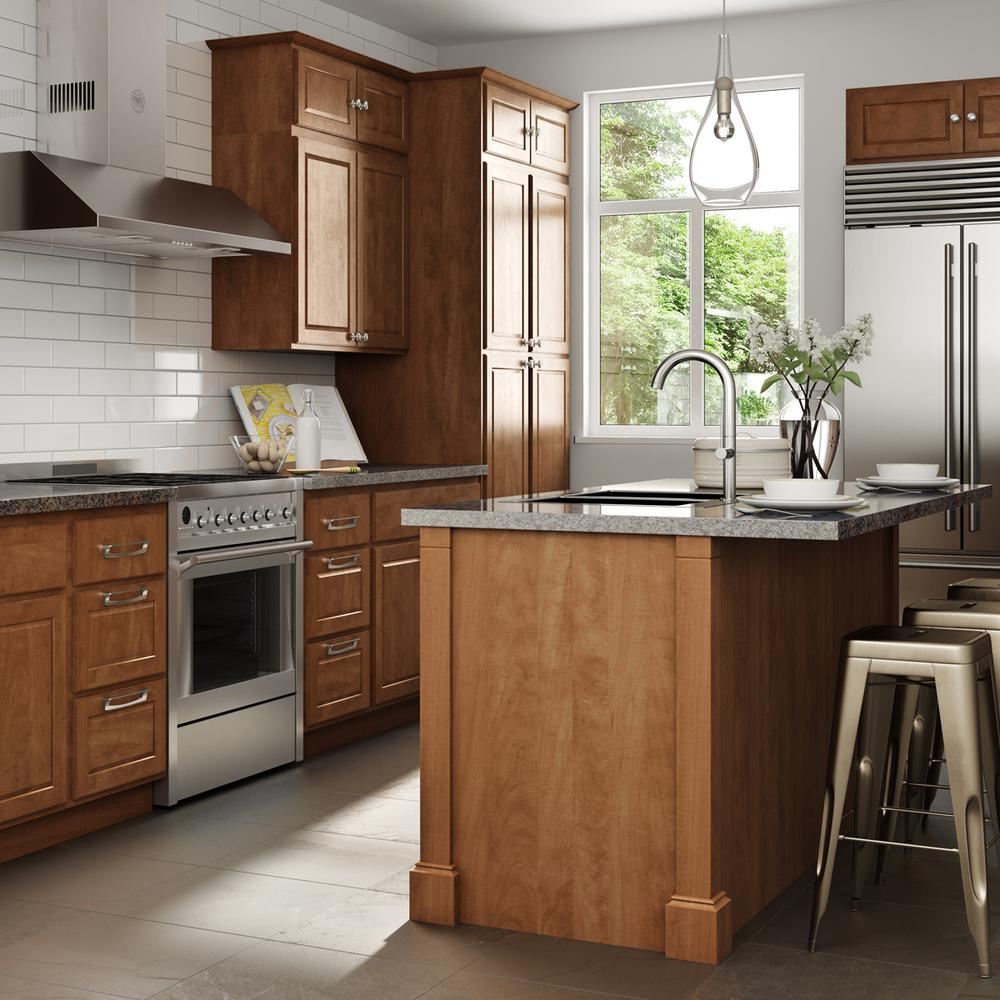
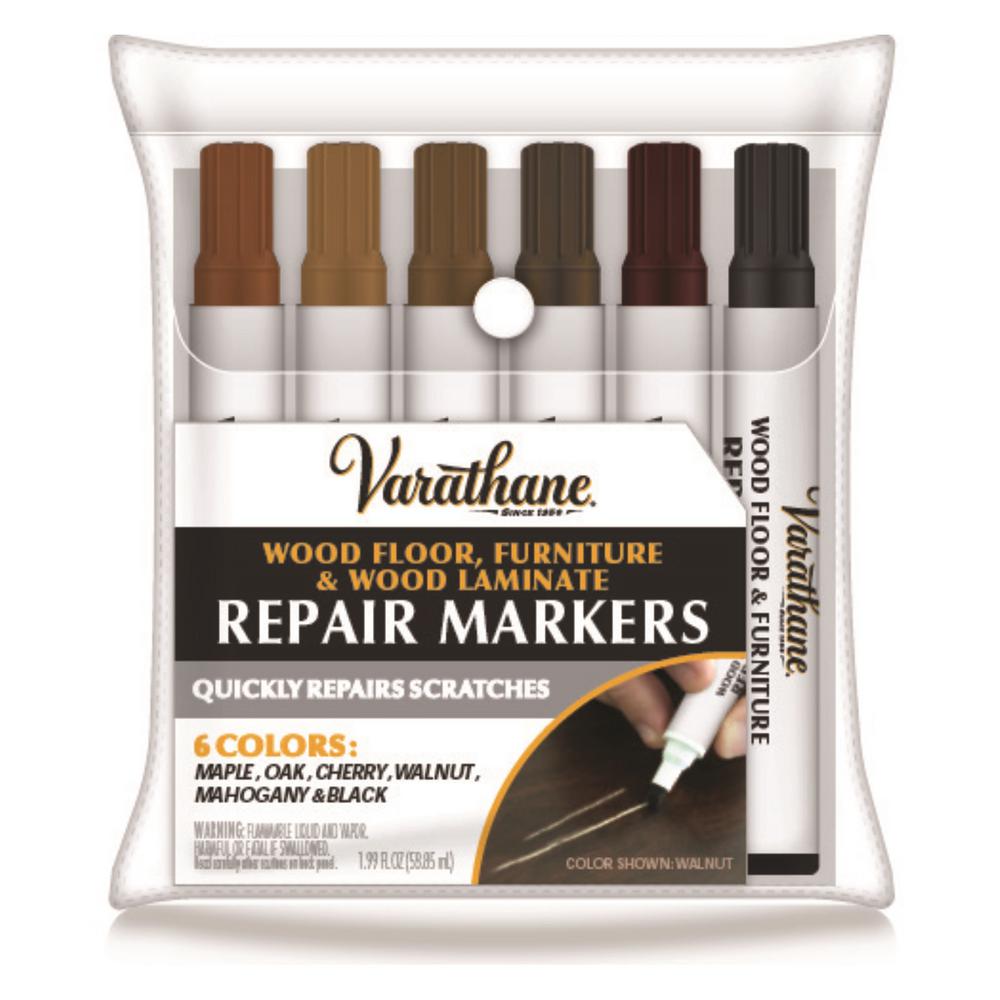
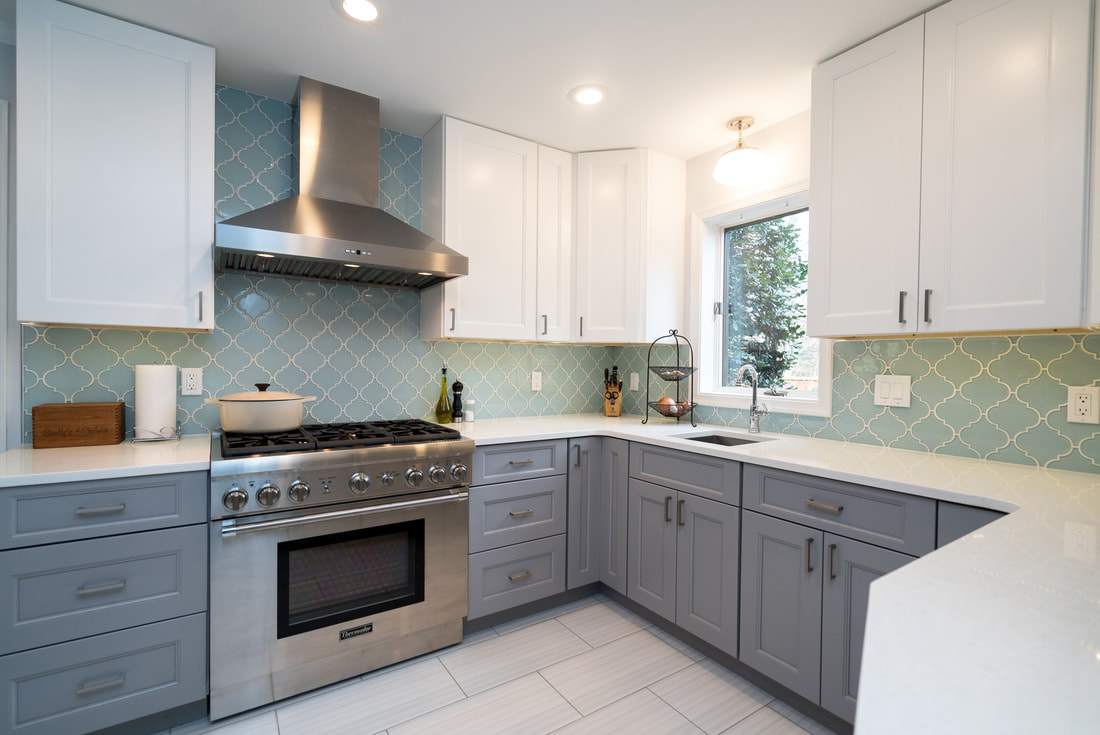
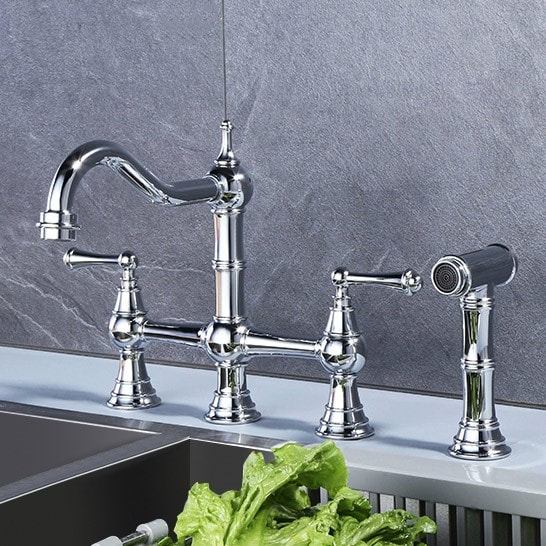
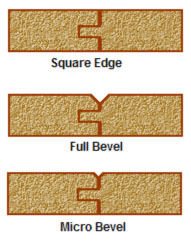
 RSS Feed
RSS Feed